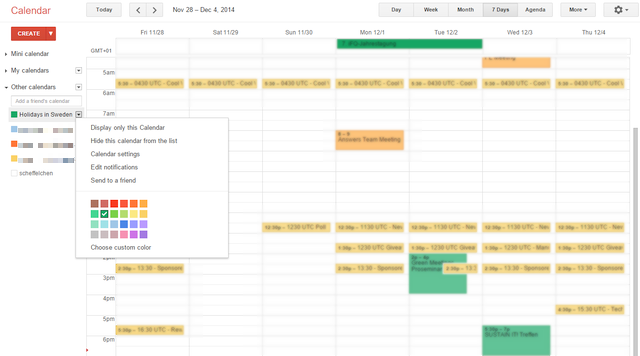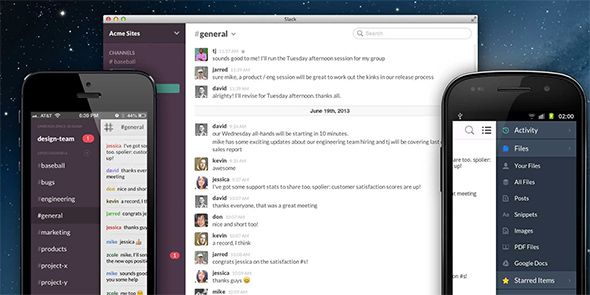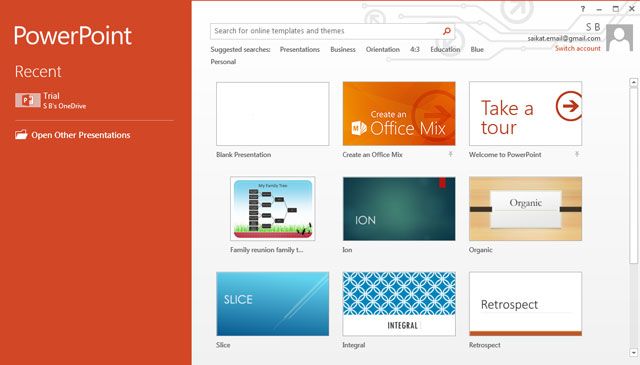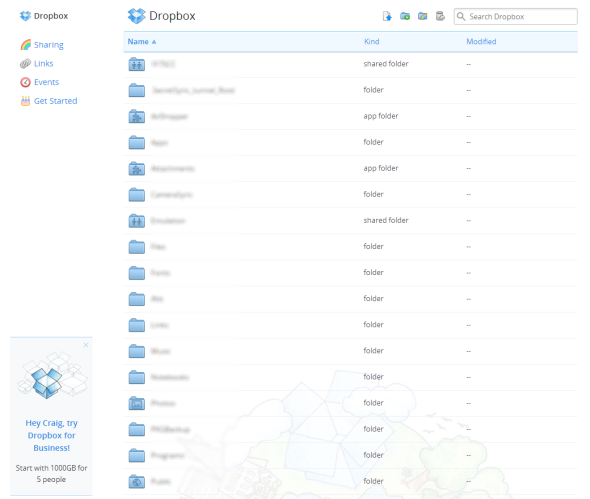Thought of a great idea to improve your work life? Good job, but that's only the first step. You'll need to turn that idea into a successful pitch to see it implemented, and doing that will take a little bit of strategy.
Use these tips to ensure the appeal of your idea isn't lost in the pitching process. The creative element of a strong pitch is only half the job, the rest lies in effectively communicating your vision to management.
Choose the Correct Time and Place
No one likes to be caught off-guard, particularly at work. If you're looking to impress your boss with a great idea, don't surprise him or her with a meeting — instead, plan out a time and a place in advance to ensure that the setting is as conducive to your goal as possible.
It might seem most important to deliver your pitch as soon as possible, but your boss likely has a pretty packed schedule. If they're not adequately prepared to listen to your idea, it will fall flat. Similarly, it's crucial that you're fully aware of how much time you have allotted, and whether you'll have access to any devices you might need to deliver your outline.
Thankfully, there are plenty of online meeting tools designed to make it easy to bring the necessary parties together. The benefit to this sort of web-based platform is that times and dates are going to be the same no matter who's viewing it. Alternatively, if you're struggling to find the right time and place for your pitch, take advantage of the flexibility of a virtual meeting via Skype or a similar online communication service.
While you're scheduling your meeting, it's worth taking the time to sort out some other admin tasks. Prepare an agenda, make sure you're not missing important points, and consider the best plan of action for taking minutes. Ask a skilled colleague to take notes — minutes can be a great help in putting the takeaways from your gathering into action.
Prepare for the Devil's Advocate
No matter how good your pitch is, the responsibility falls upon your boss to ask the difficult questions that determine whether or not it will be successful. If you can't answer these queries, you can expect to be shot down quite quickly, so it's well worth planning ahead to make sure you're not stumped when it counts.
You're likely surrounded by a great resource to prepare for an interrogation of your idea. If you're pitching at work, who better to call upon for insight than your co-workers? They have the experience to clue you into any failings of your pitch, thus tapping that knowledge is in your best interests. Make sure that you remain in control of your own work, but do keep an open mind to what your colleagues can offer up.
To get input from the right co-workers, consider who the ideas within your pitch will affect and approach a few people who are likely to be of most benefit to the project. An ideal scenario would see your chosen few exchange ideas with yourself and each other — this might sound like a scheduling nightmare, but modern communications software can help.
You could set up a group email chain, but the nature of email could inhibit a natural flow of conversation. If your company already utilizes some form of online communication service, make the most of it. If not, suggest that one is implemented — Slack is a feature-rich tool that offers a flexible and robust way to quickly and efficiently communicate with your colleagues.
Here are a few methods of exchanging ideas with co-workers ahead of your pitch:
- Employ OneNote to keep track of any and all the observations you receive.
- Use Google Forms to survey colleagues.
- Download a smartphone audio recorder to document your discussions.
- Aggregate responses into a spreadsheet, and produce a data visualization with your findings.
- Use a WhatsApp group or a Slack channel to hold a multi-user conversation.
- Compile a video of your colleagues' thoughts to demonstrate the breadth of your research.
Demonstrate while You Articulate
If your pitch involves software, you're undercutting your idea if you don't demonstrate how that software works as part of your presentation. Even a slight change in the tools used by your workplace means an investment of time and money to acquire the software itself and train the employees who will be using it, so you need to prove that it's worth the effort.
Have the software running on a laptop while you pitch and project it for everyone in attendance to see. Your aim should be to acclimatize the higher-ups and demonstrate what it's like to actually use the program. To that end, make sure you have plenty of experience with it ahead of time — an easy way to see such a pitch go down in flames would be to make the software in question look difficult to use.
If you'd rather dodge the pressure of using the program 'live', explore alternative techniques. You could produce a walkthrough of key features using simple screen capture techniques, or you could record video of yourself using the software.
[embed]https://www.youtube.com/watch?v=2vqLe6KvOTU[/embed]
Whatever idea you're pitching, think of creative ways to present it and always keep your audience and their perspective in mind.
Present Your Pitch Beautifully
Making sure your pitch is rock solid should be your first priority — but beyond that, looks do matter. A flat, boring presentation is always going to be at a disadvantage when compared to a livelier way of putting your point across. If you're committed to the idea, take the time to do it justice.
If you're using PowerPoint, use techniques to keep your audience engaged. Keep things varied; default text on a default background looks slapdash and unconsidered. Put in the effort to make things aesthetically pleasing and demonstrate that this isn't just some half-baked idea that you threw together in five minutes.
Good presentation isn't just about using every tool at your disposal. Something as simple as a carefully selected image can illustrate a point and grab someone's attention — but, used in the wrong way, it can have quite the opposite effect. Visuals like embedded videos, infographics, and data visualization should be appealing and complement your idea.
Offer Up Your Materials for Further Inspection
After your pitch was delivered, your boss will likely want some time to deliberate. That means you'll be unable to defend your idea at the time it's under the most scrutiny. In an ideal world, your audience would have been taking diligent notes throughout, but that's not something that you can rely on. Instead, take matters into your own hands by producing materials that can be referred to later.
This could be as simple as a printed sheet of your key points — or it might be something far more complex. At the very least, it should include the minutes you took during the meeting. A digitized copy of the content you put together is a great fail safe in the occasion that printed materials go missing. If you have more than one file that you would like to leave behind, consider setting up an account on Dropbox or another online storage service so that any interested party has immediate access to your information.
If you created a video walkthrough of a new piece of software as mentioned above, you could upload it to this space for a later viewing. If it's a design-centric pitch, perhaps upload some of your drafts to give your boss an idea of the thought process you worked through. Consider this space a continuation of your pitch, albeit much more passive on your part.
The important part is that your boss has something to look back after the fact — and that it's delivered in the appropriate method for your boss. If they're more comfortable using a USB drive or grabbing files from a CD, prepare that in advance and hand it to them at the end of the meeting. A security-conscious boss might prefer to find the files on a secure server on the company's intranet. Conversely, if your boss is constantly flitting from one device to another, a cloud-based solution like Dropbox or Google Drive will perhaps be the easiest way for them to access the information.
It's all too easy for an idea to lose its luster once its originator isn't there to champion it. Don't let your pitch fail because its strengths were forgotten — take the time to create some compelling follow-up resources, and set your boss on the path of least resistance to accessing them.
Do you have a tip for delivering the best pitch possible? Have you got your own strategy for bringing new ideas into the workplace? Let us know about them in the comments section below.
Image Credits: Presentation To Office Colleagues Via Shutterstock





